Positive results, satisfied people
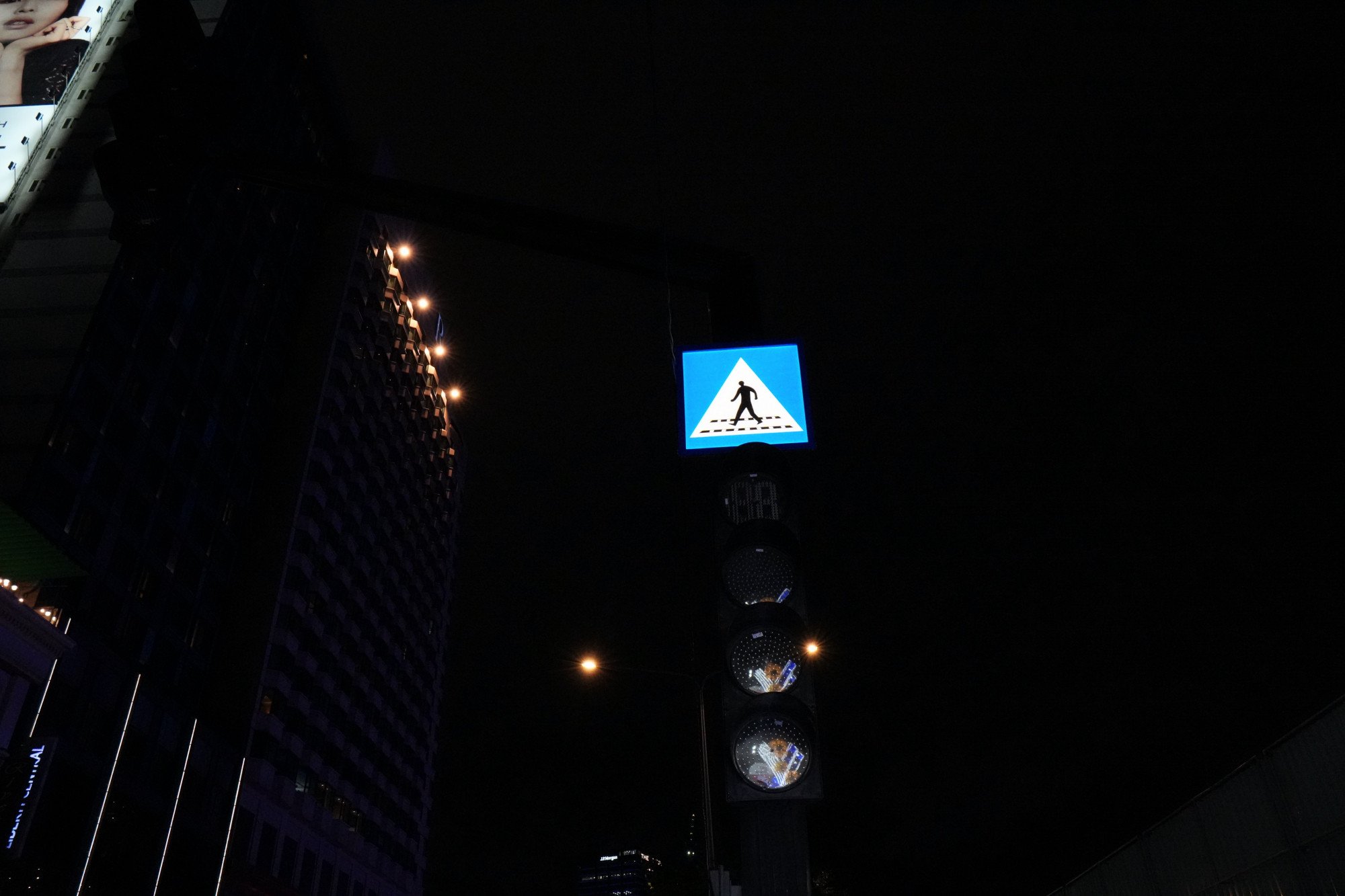 |
| In front of 18 Ton Duc Thang, Saigon ward, the pedestrian crossing sign glows from afar, causing many vehicles to proactively slow down and give way. |
Many road users were surprised to see glowing traffic signs appearing on some roads in Ho Chi Minh City. This system is being piloted for installation, helping people easily recognize traffic signals, especially useful in dark conditions, heavy rain or low light, limited visibility.
At Lang Cha Ca roundabout, where traffic density is high, the addition of 5 signs with LED lights has brought about clear results. The light from the signs helps road users to easily observe from a distance, promptly adjust their direction, and contribute to reducing collisions. Ms. Le Thi Hong Phuong - resident of Binh Thanh ward, a technology car driver - commented that Lang Cha Ca roundabout is a place where it is very difficult to see traffic signs clearly, especially when it is raining or at dusk. When LED lights are installed, the signs look brighter.
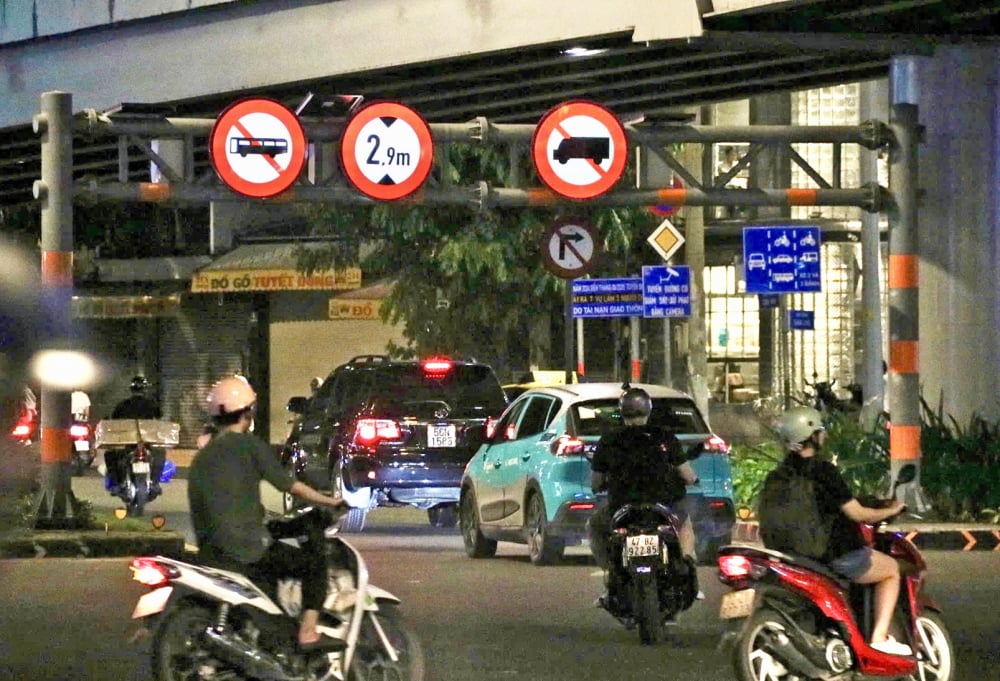 |
| Illuminated traffic signs are installed at Lang Cha Ca roundabout (Tan Son Hoa ward, Tan Son Nhat) to help drivers easily identify the direction. |
Mr. Vo Thanh Toan - in Tan Binh ward - also said that for drivers of large vehicles, recognizing signs from a distance is a key factor in handling situations promptly. “The vision of truck drivers is sometimes obscured by vehicles in front, especially container trucks or passenger cars. Thanks to the bright lights integrated into the signs, recognition becomes easier. I hope the transport sector will soon deploy this synchronously on routes where trucks frequently travel.”
Not only signs for vehicles, last June, the Ho Chi Minh City Department of Construction also coordinated with relevant units to pilot a warning light system for pedestrians at the crosswalk in front of 18 Ton Duc Thang (Sai Gon Ward). The special feature of this system is the two-color green and red LED strip installed under the sidewalk, operating in sync with the overhead traffic lights, along with a button that allows pedestrians to proactively request to cross the street.
Ms. Nguyen Thi Dien - in Xuan Hoa ward - shared: "I find this design very modern and convenient. When waiting to cross the street at night, the light shining right under my feet makes it easier for me to recognize the signal, without having to look up to find the light above like before, especially when it's raining or my eyesight is poor". The first time experiencing this system, Mr. Lam Minh Quan - in Saigon ward - expressed: "I was walking back to the bus stop and saw the light stripe glowing under my feet, it was very easy to see and also interesting. Just looking at it, I immediately understood when I was allowed to cross the street, feeling safer. This is a smart way of doing things, and should be widely replicated".
The mechanism of the pedestrian warning light system is quite clear: when the pedestrian presses the button, the signal light above will continue to turn green for about 30 seconds to allow vehicles to continue moving, while the strip of lights below the sidewalk will still be red. After that, the signal changes to yellow and then red, then the LED lights below the pedestrian's feet and the pedestrian lights turn green, indicating that it is safe to cross the street.
Replicating across central routes
Dr. Nguyen Xuan Thuy - traffic expert, former Director and Editor-in-Chief of the Transport Publishing House - highly appreciated Ho Chi Minh City's pilot implementation of modern support devices such as illuminated signs and smart pedestrian warning lights. This is a solution that is in line with the trend of modern traffic development, helping to improve the ability to recognize signals, especially in bad weather and low light conditions.
More importantly, this system contributes to ensuring pedestrian safety, reducing the risk of accidents and gradually forming a smart urban traffic platform. In addition to the traffic light system, Mr. Nguyen Xuan Thuy also proposed to strongly develop a system of illuminated traffic signs, warning lights at pedestrian crossings, pedestrian overpasses... with clear, easy-to-observe designs. "In many places, people are still afraid to use pedestrian bridges, even crossing the road despite heavy traffic. If the design is reasonable, there are clear instructions, combined with propaganda, it will contribute to reducing conflicts between pedestrians and vehicles," said Mr. Nguyen Xuan Thuy.
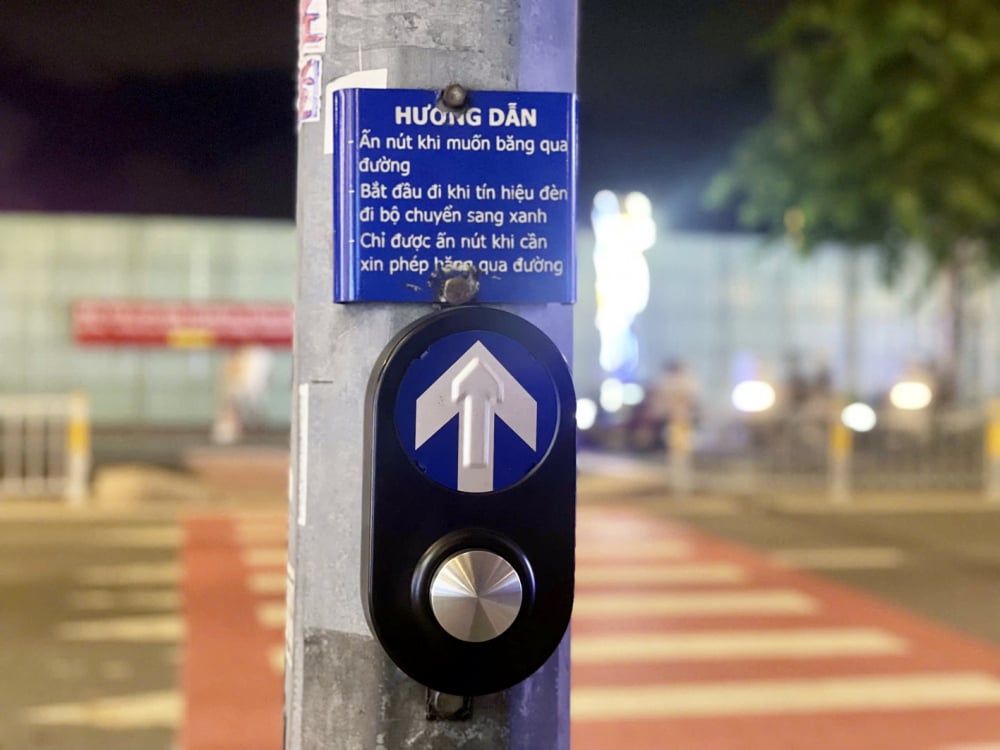 |
| Smart pedestrian warning light system installed on Ton Duc Thang street (Saigon ward) |
According to Mr. Ngo Hai Duong - Head of Road Transport Management Department, Ho Chi Minh City Department of Construction - the installation of synchronized LED lighting systems is a solution to enhance visual perception, support both pedestrians and drivers, and increase concentration, especially in conditions of limited visibility. After more than half a month of implementation, the system has initially been positively evaluated and received good feedback from the public.
Following this success, from July 2025, Ho Chi Minh City will install 11 more illuminated traffic signs at 5 locations with high risk of collisions such as Pham Van Chi Bridge (Binh Phu Ward), Hoang Van Thu Pedestrian Bridge, Lang Cha Ca Roundabout... Of which, 10 signs use solar energy, 1 sign uses grid electricity. These signs will light up at night or when there are unfavorable lighting conditions, helping vehicles easily detect and adjust their traffic behavior appropriately.
According to the Ho Chi Minh City Department of Construction, over the years the city has implemented solutions such as easy-to-see red and white lines, raising the road surface at crosswalks, and installing additional signs. However, there are still situations where pedestrians have difficulty observing traffic signals, typically when large vehicles obscure the lights, people with poor eyesight, or heavy rain limits visibility. Therefore, adding a warning light system right at the stop line not only helps to clearly locate the crossing area, but also creates a sense of initiative and increases safety for people.
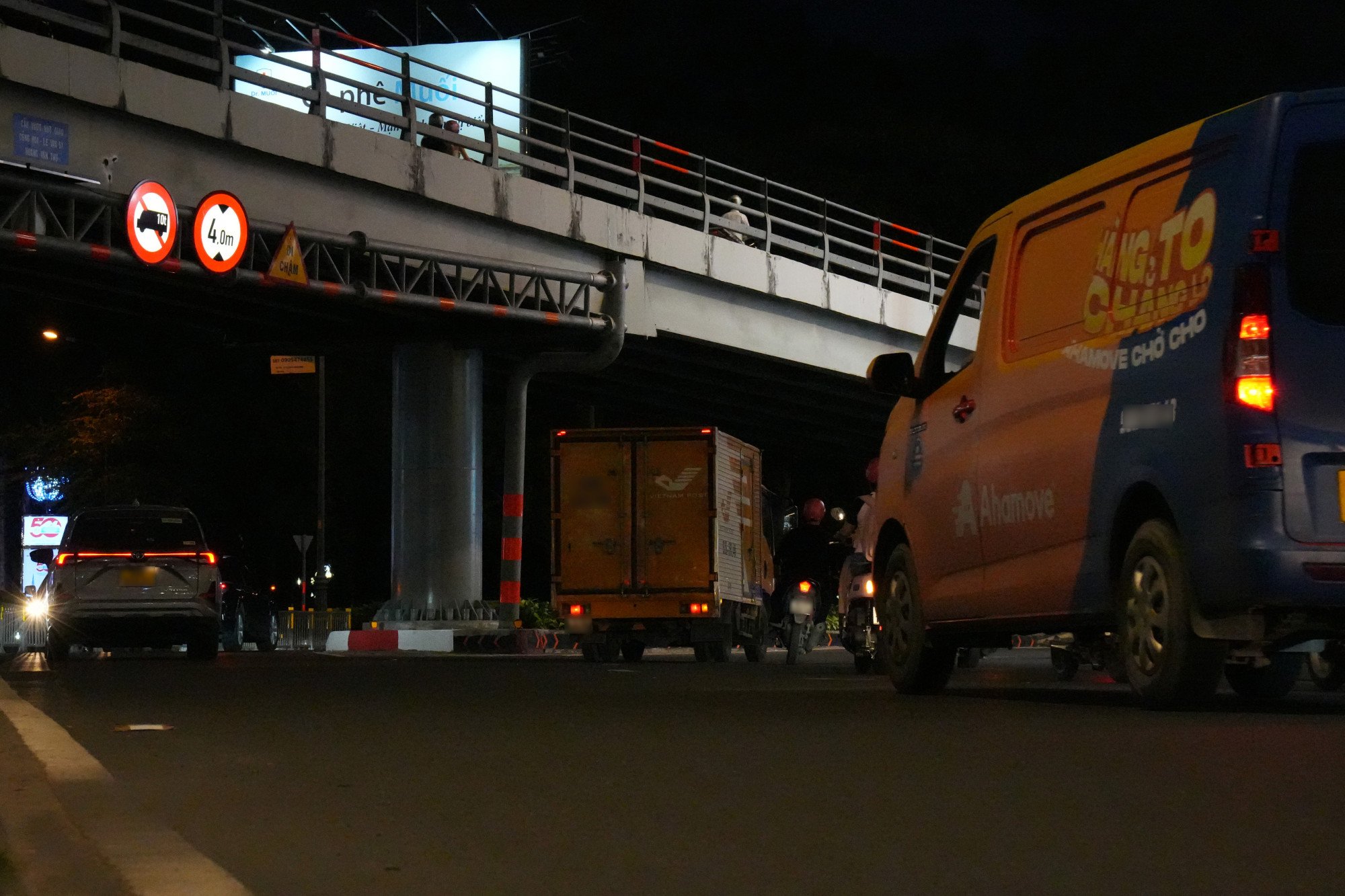 |
| At night, signs prohibiting trucks and dump trucks over 10 tons and over 4 meters in height are effective: drivers recognize early and proactively navigate. |
The Department of Construction is considering expanding the model to some areas with high pedestrian traffic such as Le Loi and Pasteur streets before evaluating the overall effectiveness for replication in central routes and complex intersections. This is part of the city's transport infrastructure modernization roadmap, aiming to build a smarter, safer and more user-friendly city.
Previously, the city had added a number of traffic support devices such as countdown lights on signal pillars, separate right turn lights at some major intersections... to improve visibility and help people move more conveniently. The combination of old and new solutions, traditional and modern technology will create a smart traffic ecosystem, contributing to building a civilized, modern, people-centered Ho Chi Minh City.
| Reducing urban congestion with “green highways” Expanding the application of artificial intelligence (AI) in traffic management in large cities such as Ho Chi Minh City and Hanoi is extremely necessary. To build a smart traffic system, the first thing is to design traffic lights that are suitable for the actual traffic volume in each area. It is necessary to integrate cameras to monitor and measure the number of vehicles, thereby automatically adjusting the green light - red light duration in real time. This will create "green highways", where traffic lights will open the way for vehicles to move continuously, minimizing unnecessary stops at red lights. Many intersections have not been properly adjusted. In some places, traffic density is high but the green light only lasts for 30 seconds, while people have to wait for the red light for up to 90 seconds under the hot sun. This not only wastes time but also puts pressure on urban infrastructure, increasing the risk of traffic jams. A modern traffic management system will help authorities grasp the traffic situation in real time: which areas are congested, which routes are clear... thereby dividing traffic reasonably and giving early warnings to traffic participants. If Ho Chi Minh City soon implements this solution in a synchronous manner, the operation of major intersections will be more effective, helping to reduce traffic pressure during rush hour and build a smart, sustainable city. Dr. Nguyen Xuan Thuy - traffic expert, former Director, Editor-in-Chief of Transport Publishing House |
Source: https://ttbc-hcm.gov.vn/tphcm-tung-buoc-hien-dai-hoa-he-thong-bao-hieu-giao-thong-1019296.html


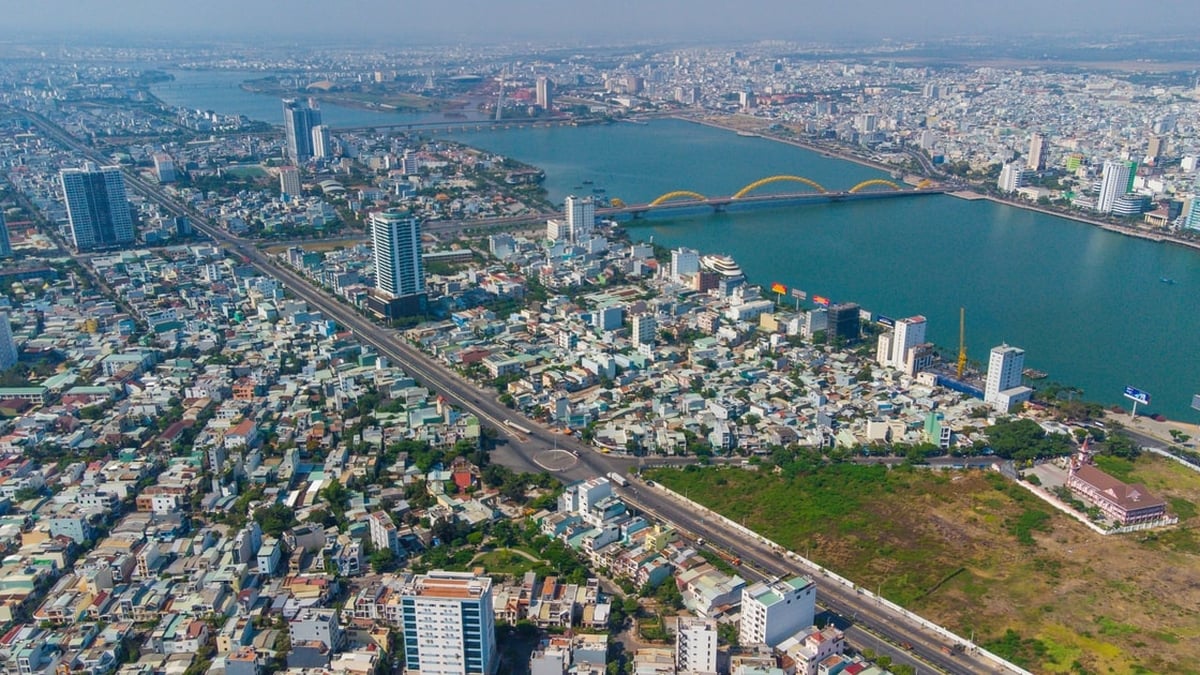
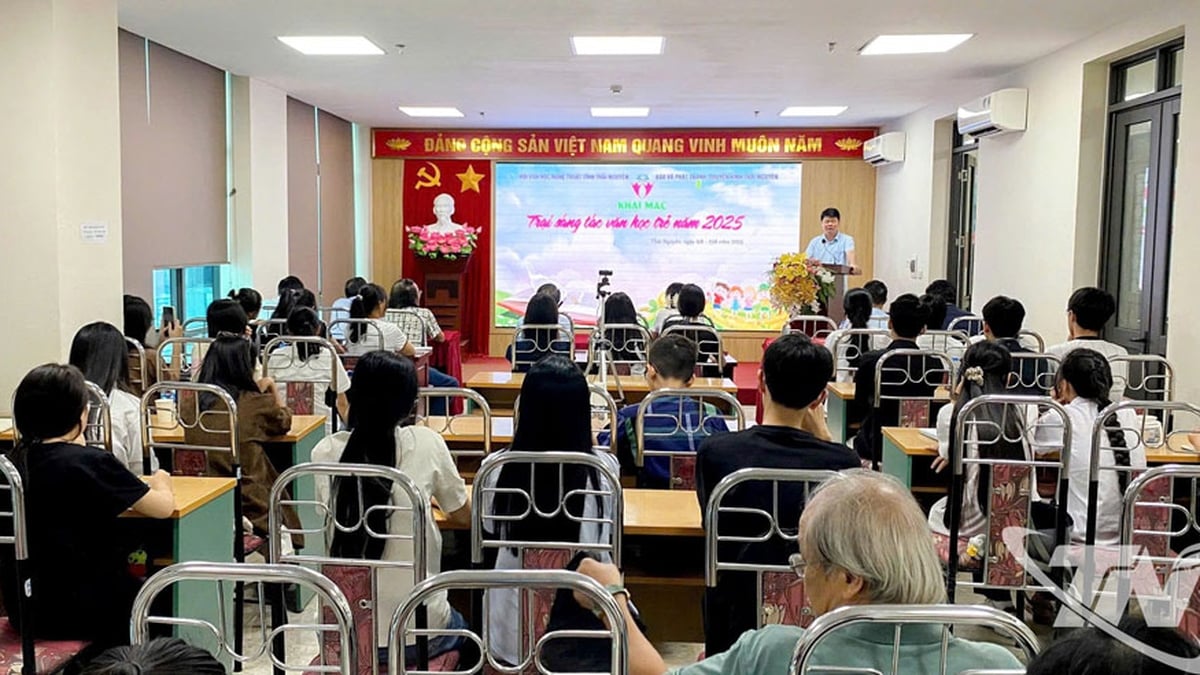

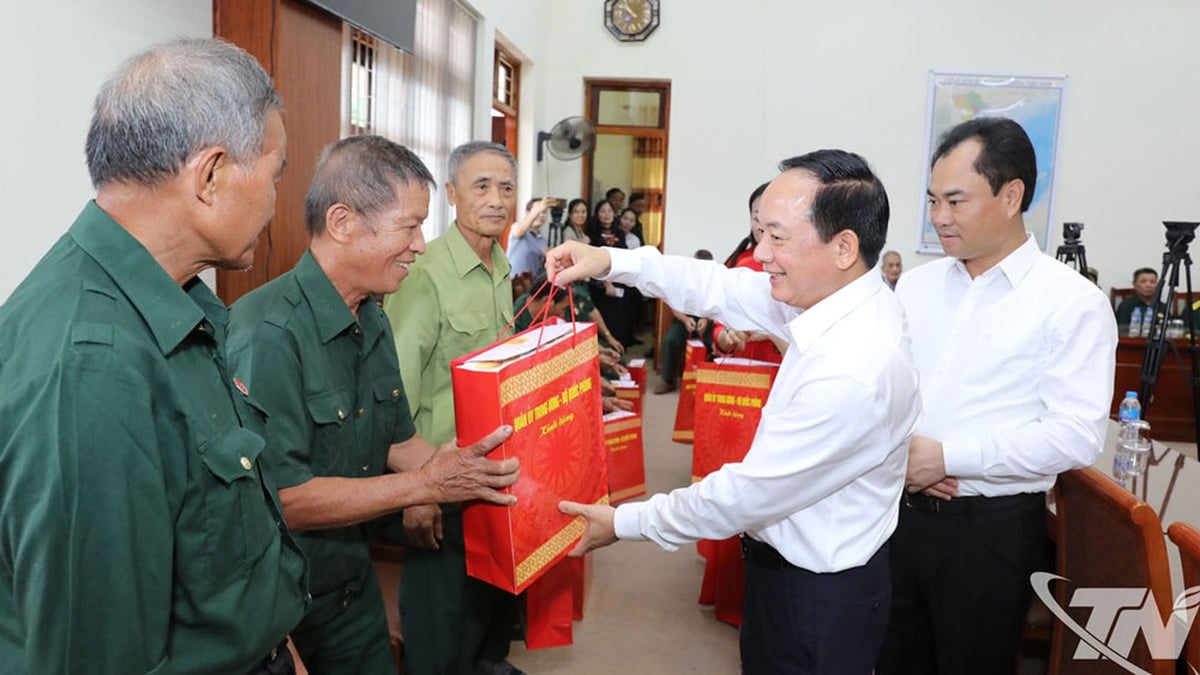

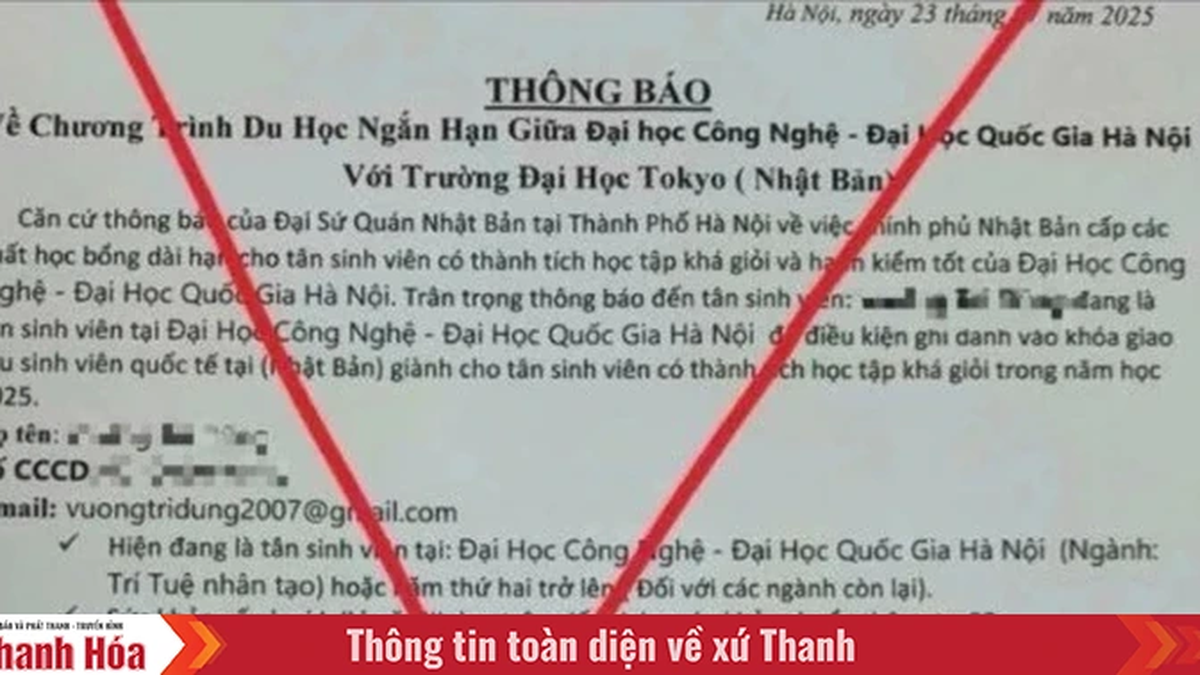
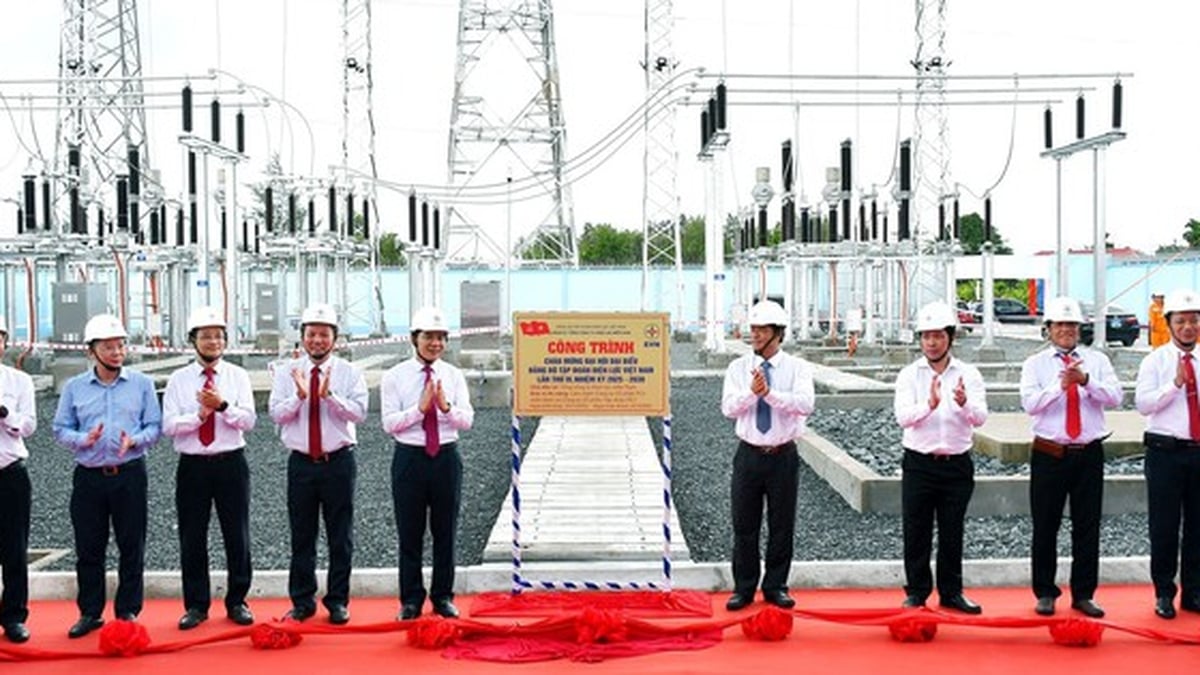




















![[Photo] Discover the "wonder" under the sea of Gia Lai](https://vphoto.vietnam.vn/thumb/1200x675/vietnam/resource/IMAGE/2025/8/6/befd4a58bb1245419e86ebe353525f97)
![[Photo] Nghe An: Provincial Road 543D seriously eroded due to floods](https://vphoto.vietnam.vn/thumb/1200x675/vietnam/resource/IMAGE/2025/8/5/5759d3837c26428799f6d929fa274493)
























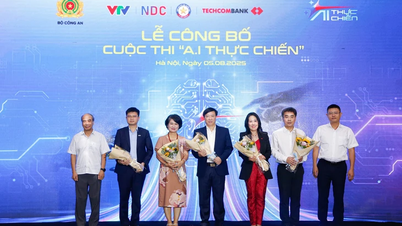
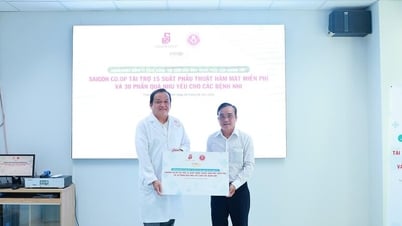






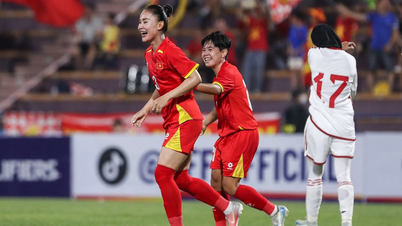
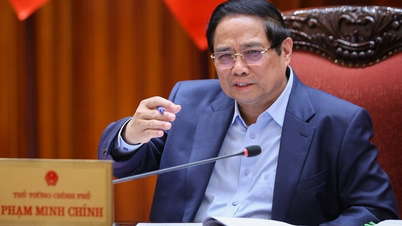

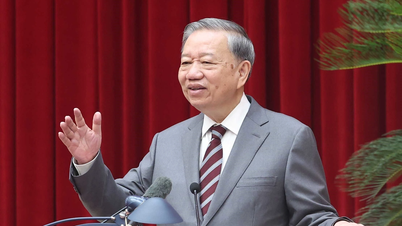






















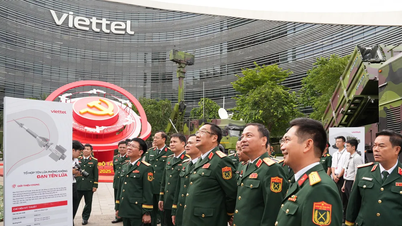

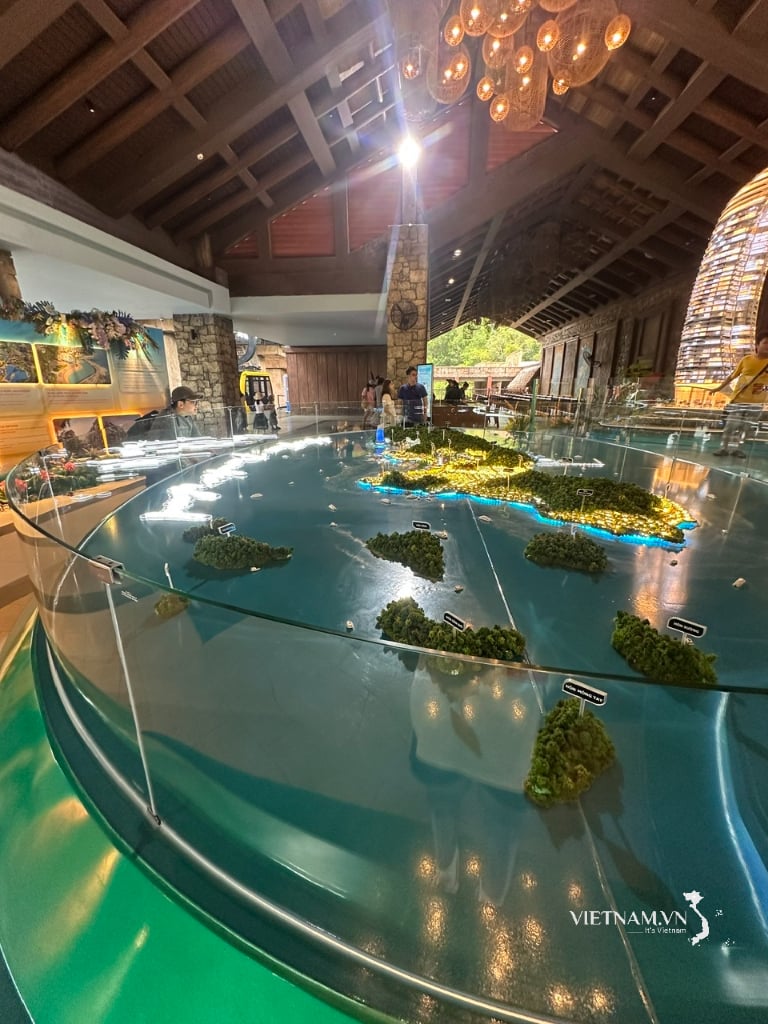



Comment (0)